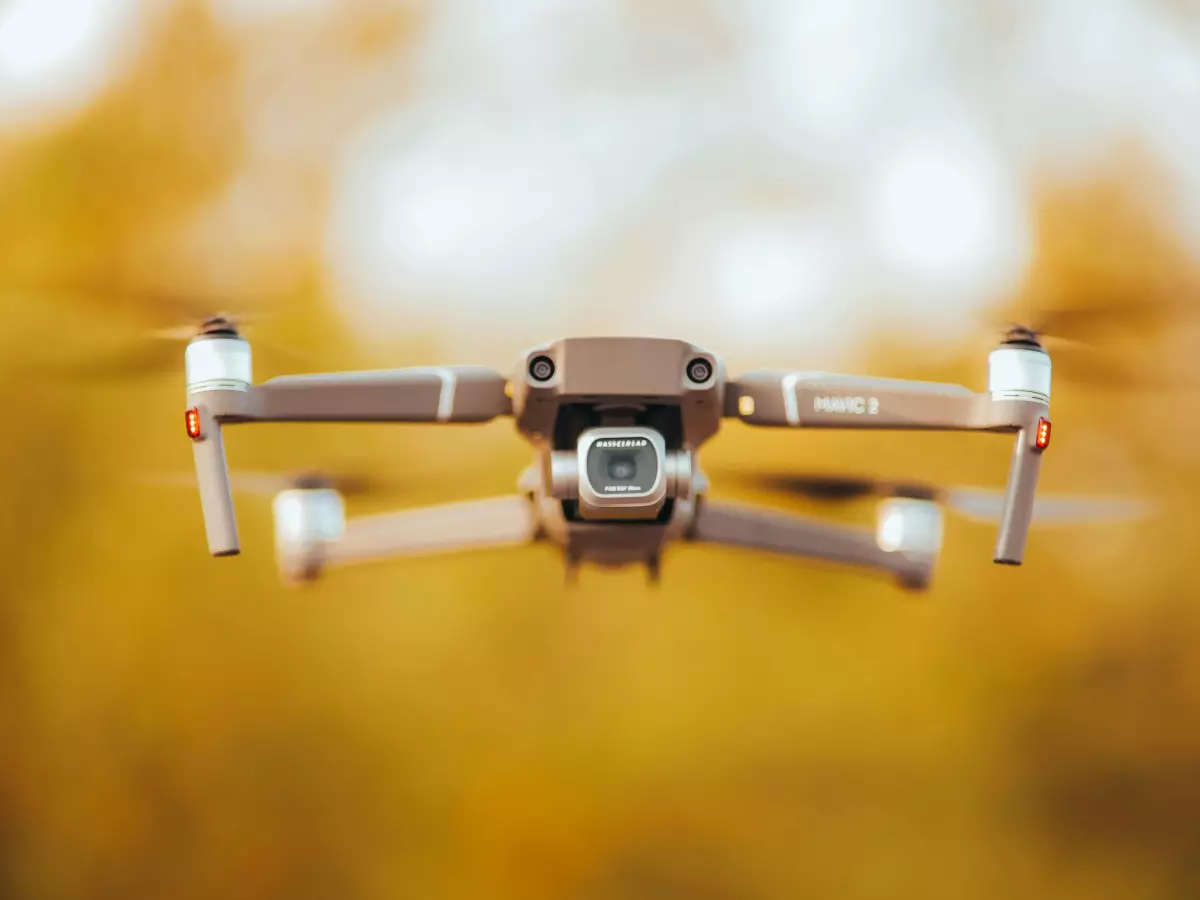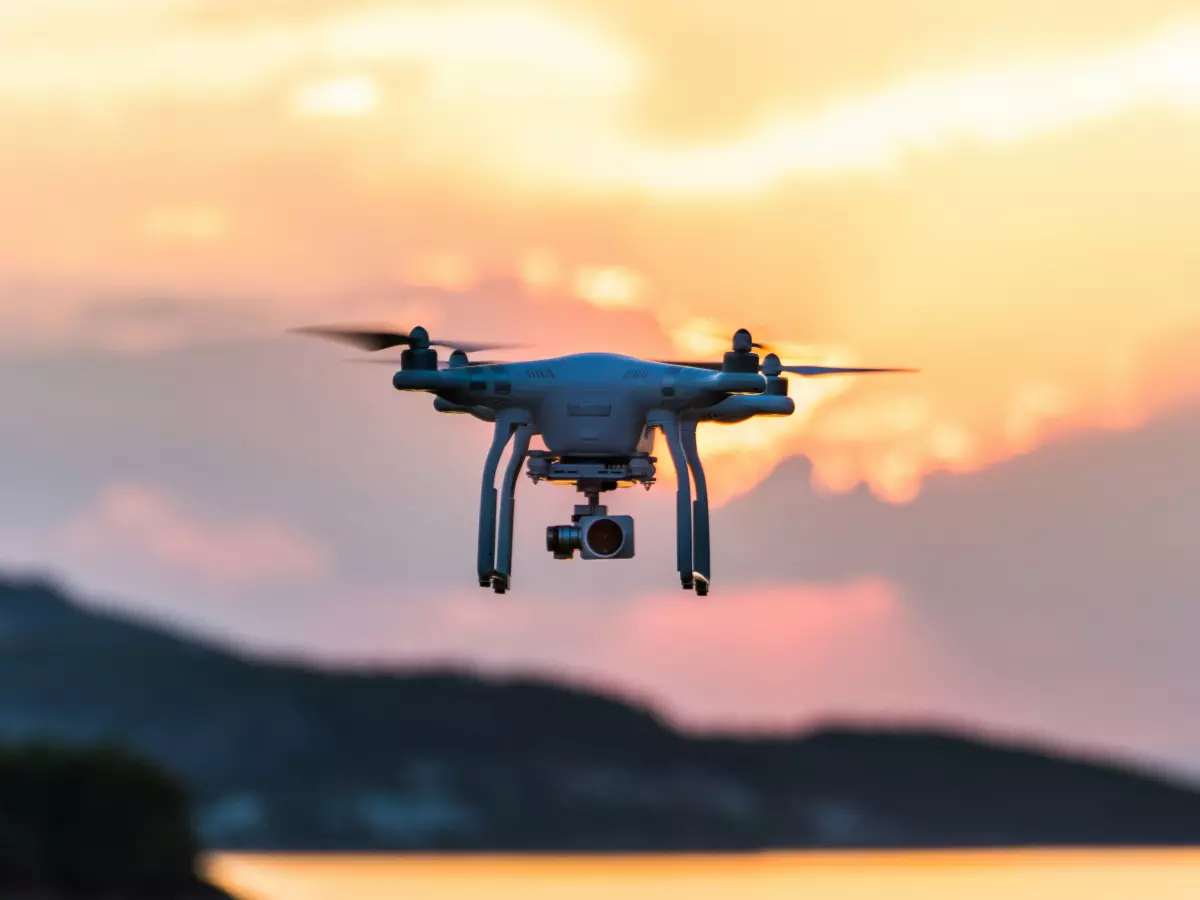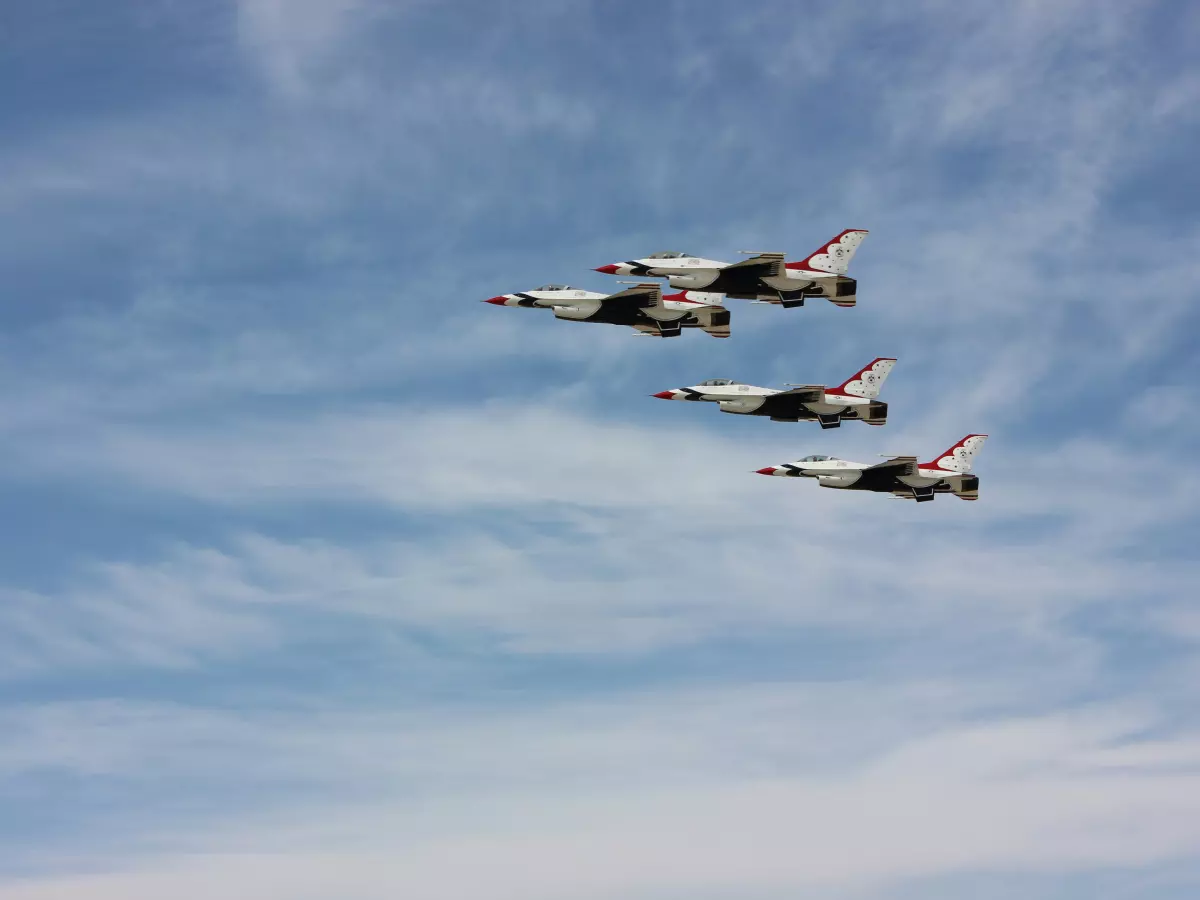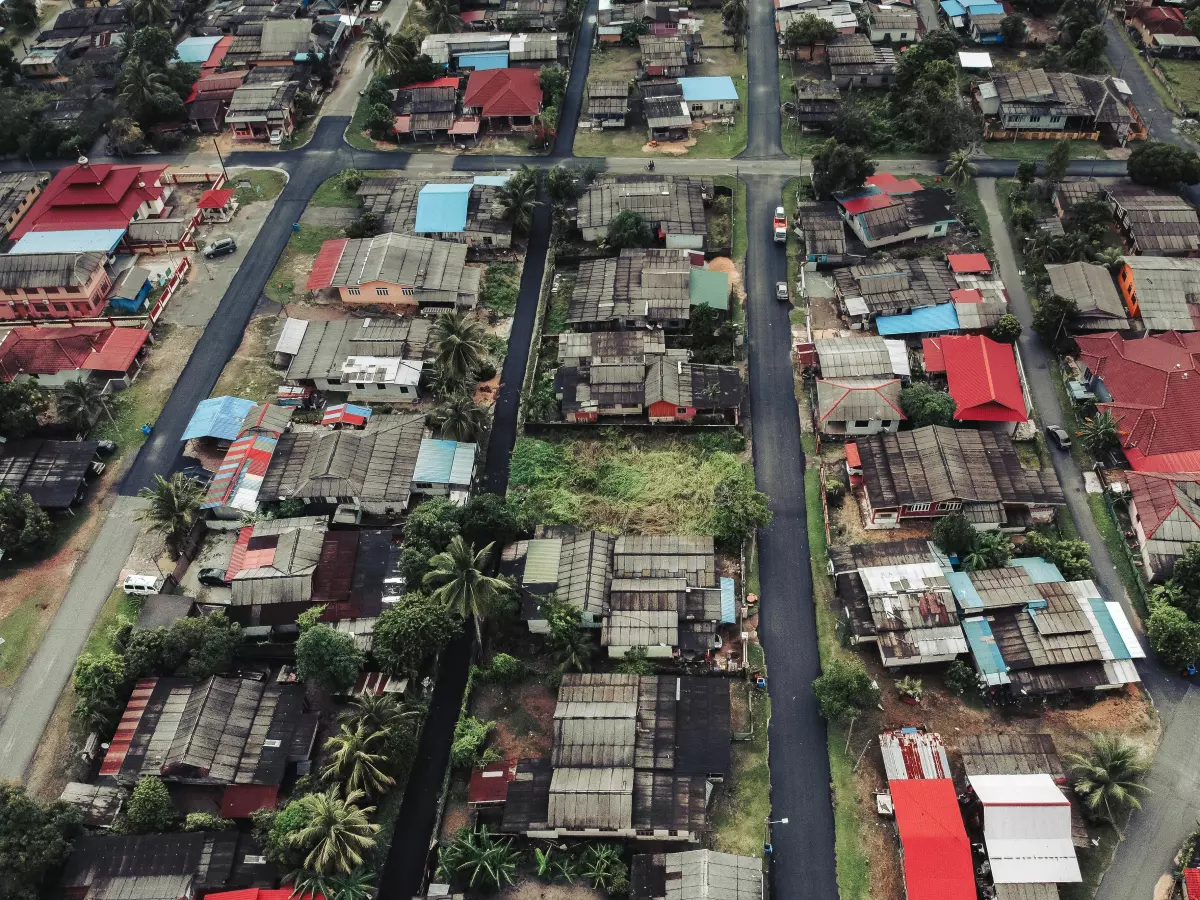Brains in the Sky
Imagine a drone flying through a dense forest, dodging trees, adjusting to wind gusts, and even predicting the best path to take—all without a human pilot. How is that possible?
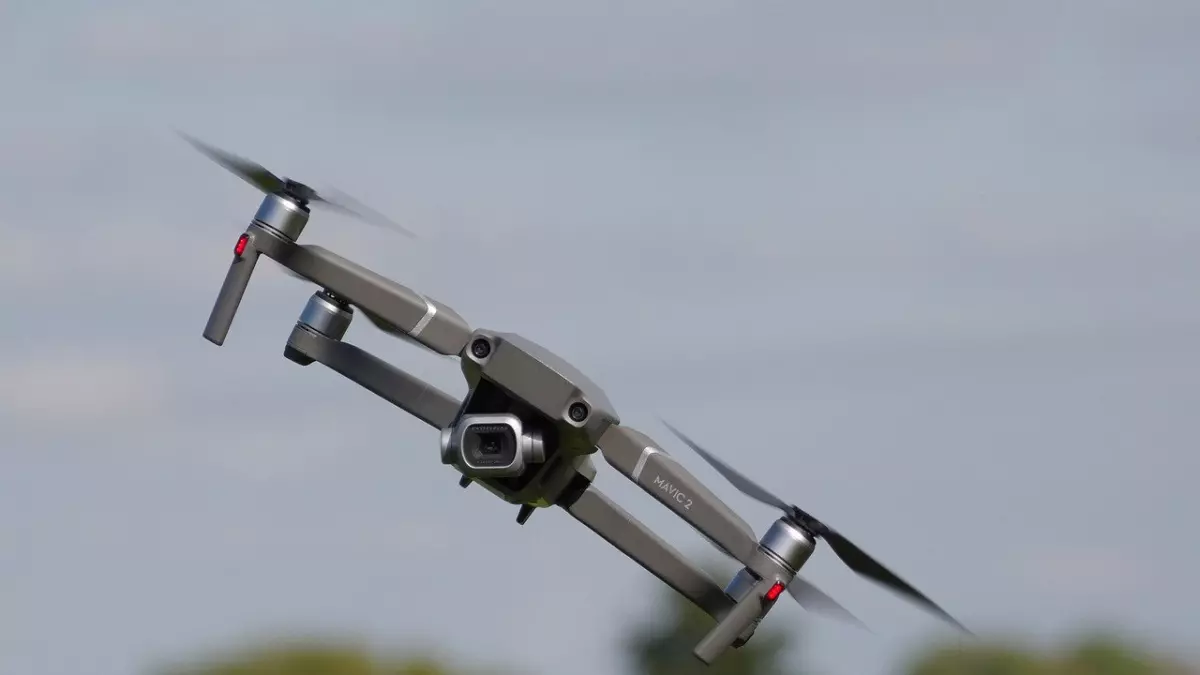
By Laura Mendes
Autonomous drones are no longer just a sci-fi fantasy. They’re real, and they’re getting smarter by the day. But what’s the secret sauce behind their intelligence? It’s a combination of sensor fusion and AI working together in perfect harmony. These two technologies are the unsung heroes of drone autonomy, allowing drones to make decisions, avoid obstacles, and even predict future movements. But how exactly do they work? Let’s dive into the technical details of flight control software, sensor fusion, and autonomy.
The Role of Flight Control Software
At the heart of every autonomous drone is its flight control software. Think of this as the drone’s brain. It’s responsible for interpreting data from various sensors and making real-time decisions about how the drone should behave. The software controls everything from altitude and speed to more complex maneuvers like obstacle avoidance and path planning.
Flight control software is built on sophisticated algorithms that process data from multiple sources—GPS, gyroscopes, accelerometers, and cameras, to name a few. But here’s where things get interesting: the software doesn’t just rely on one sensor at a time. Instead, it uses sensor fusion to combine data from all these sensors, creating a more accurate and reliable picture of the drone’s environment.
What Exactly is Sensor Fusion?
Sensor fusion is the process of merging data from multiple sensors to create a single, cohesive understanding of the drone’s surroundings. Why is this important? Because no single sensor can provide all the information a drone needs to fly autonomously.
For example, GPS can tell the drone its location, but it’s not very helpful when flying indoors or in areas with poor satellite coverage. Cameras can help the drone “see” obstacles, but they struggle in low-light conditions. By fusing data from multiple sensors, the drone can overcome the limitations of individual sensors and make more informed decisions.
In practical terms, sensor fusion allows drones to fly more accurately and safely. It enables them to detect obstacles, maintain a stable flight path, and even predict changes in the environment—like a sudden gust of wind or an unexpected obstacle. The result? A smoother, more reliable flight experience.
AI: The Brain Behind Autonomy
While sensor fusion helps drones understand their environment, AI is what gives them the ability to act on that information. AI algorithms are integrated into the flight control software, allowing drones to make decisions in real time. These decisions range from simple tasks like adjusting altitude to more complex ones like choosing the best route to avoid obstacles.
AI also plays a crucial role in predictive control. By analyzing past data and current sensor inputs, AI can predict future events—like the movement of an obstacle or a change in weather conditions. This predictive capability allows drones to make proactive adjustments, improving both safety and efficiency.
But AI isn’t just about making decisions in the moment. It also enables drones to learn from their experiences. Through machine learning, drones can improve their performance over time, becoming more efficient and better at avoiding obstacles or navigating complex environments.
Autonomy: The End Goal
So, what’s the ultimate goal of all this technology? Full autonomy. The dream is for drones to operate completely independently, without any human intervention. And while we’re not quite there yet, we’re getting closer every day.
Thanks to advances in sensor fusion and AI, drones are becoming more autonomous with each new generation. They can now fly in complex environments, avoid obstacles, and even make decisions about the best route to take—all without a human pilot.
But full autonomy isn’t just about flying from point A to point B. It’s about being able to adapt to changing conditions, predict future events, and make decisions in real time. And that’s where sensor fusion and AI come in. By working together, these technologies are pushing the boundaries of what drones can do, bringing us closer to a future where drones are fully autonomous.
Bringing It All Together
So, the next time you see a drone flying through the sky, remember: it’s not just a machine with a propeller. It’s a complex system powered by cutting-edge technology. Flight control software, sensor fusion, and AI are the brains behind the operation, working together to make autonomous flight possible.
And while we’re still a few steps away from full autonomy, the progress we’ve made so far is nothing short of impressive. With each new breakthrough, drones are becoming smarter, safer, and more capable. The sky’s the limit—literally.
